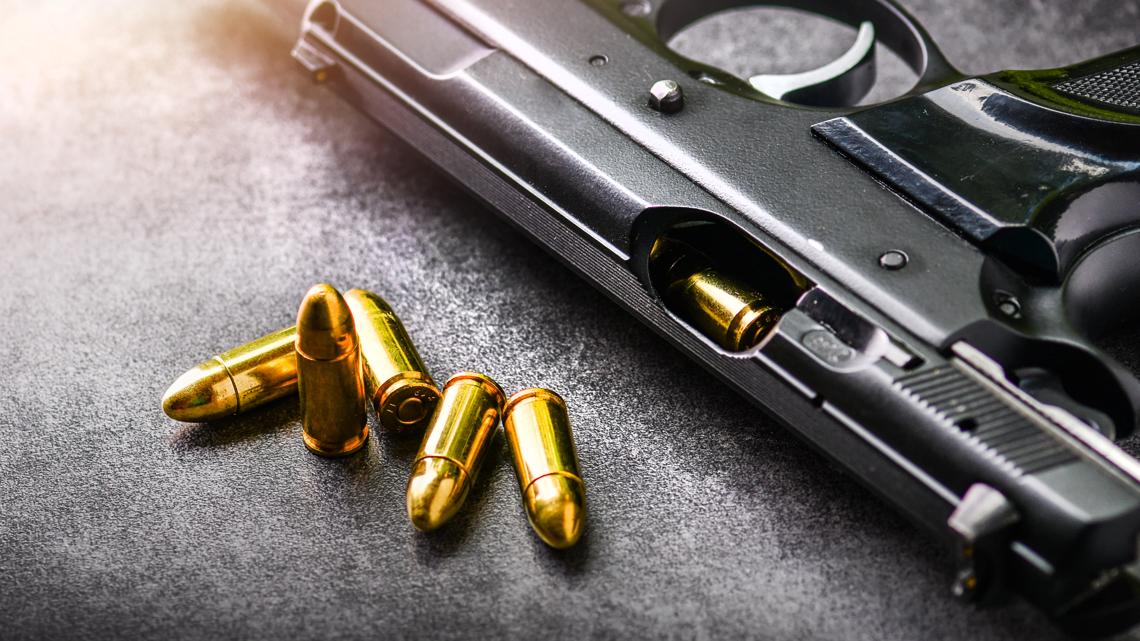Understanding how ammunition affects firearm performance is crucial for both novice and experienced shooters. This article delves into the various aspects of how different types of ammo can influence the accuracy, range, reliability, and overall functionality of firearms. Whether you’re interested in hunting, target shooting, or self-defense, comprehending these principles will help you make informed decisions about the ammunition that best suits your needs and preferences.

The Basics of Ammunition
Ammunition, or ammo, is the material fired, scattered, dropped, or detonated from any weapon. Ammo is both expendable weapons (e.g., bombs, missiles, grenades, land mines) and the component parts of other weapons that create the effect on a target (e.g., bullets and warheads). The most common types of ammo for personal firearms include bullets, which are used in handguns and rifles, and shotshells, which are used in shotguns.
Bullet Types and Their Impact
The type of bullet can significantly affect a firearm’s performance. Bullets come in various shapes, sizes, and materials, each designed for specific purposes:
- Full Metal Jacket (FMJ): FMJ bullets have a soft core (usually made of lead) encased in a shell of harder metal. They are known for their ability to penetrate targets but may not expand upon impact, which can lead to overpenetration in self-defense situations.
- Hollow Point: Hollow point bullets are designed to expand upon impact, increasing their lethality by creating a larger wound channel. This makes them a preferred choice for self-defense and hunting, as they transfer more energy to the target and are less likely to overpenetrate.
- Ballistic Tip: Combining aspects of FMJ and hollow point bullets, ballistic tip ammo has a plastic tip that promotes aerodynamics for better accuracy and expansion upon impact.
Caliber and Its Effects
The caliber of ammunition refers to the diameter of the bullet or the bore of the firearm. It is a critical factor in firearm performance, influencing velocity, accuracy, and recoil:
- Velocity: Higher caliber rounds generally travel at higher velocities, leading to a flatter trajectory and potentially more kinetic energy on impact. However, this is also affected by the gunpowder load and bullet weight.
- Accuracy: While caliber itself doesn’t determine accuracy, the choice of caliber can influence the shooter’s ability to be accurate. Larger calibers tend to produce more recoil, which can be harder for some shooters to manage, potentially affecting accuracy.
- Recoil: Recoil, or the kickback experienced when firing a gun, is more pronounced with larger calibers. Managing recoil is essential for follow-up shots and overall shooting comfort. An example of a high-powered caliber that exemplifies this is the 454 Casull, known for its significant recoil and stopping power, making it a popular choice for hunting large game.
Ammunition Quality and Reliability
The quality of ammunition can significantly impact firearm performance. High-quality ammo is manufactured to strict tolerances, ensuring consistent weight, shape, and propellant charges. This consistency leads to more reliable feeding in semi-automatic and automatic firearms, as well as more predictable ballistic performance.
Conversely, low-quality ammunition may have variations that lead to misfires, jams, and inaccurate shooting. In critical situations, such as self-defense or law enforcement, the reliability of ammunition is paramount.
Environmental Factors
Ammo performance is also influenced by environmental factors like temperature and humidity. Some propellants are more sensitive to temperature changes, which can affect muzzle velocity and, subsequently, the bullet’s trajectory and point of impact. Humidity can affect ammo in storage, leading to corrosion of the casing or primer, which can cause misfires or reduced reliability.
Specialty Ammunition
There are also specialty ammunition types designed for specific tasks, which can dramatically affect firearm performance:
- Tracer Rounds: These rounds are designed to emit light as they travel, allowing shooters to see the trajectory of the bullets. This can be useful for correcting aim in real-time during low visibility conditions.
- Armor-Piercing: These rounds are made to penetrate body armor and hard targets. They are typically restricted to military and law enforcement use.
- Frangible Bullets: Designed to disintegrate upon impact with a hard surface, frangible bullets are used in training environments to minimize ricochet hazards.
- Subsonic and Supersonic Ammunition: Subsonic rounds travel slower than the speed of sound, reducing the noise and making them ideal for use with suppressors. Supersonic rounds, on the other hand, have a higher velocity and can offer flatter trajectories over long distances.
Conclusion:
The relationship between ammunition and firearm performance is intricate and multi-faceted. Choosing the right type of ammo for your specific needs requires understanding how different bullet designs, calibers, and quality levels can affect accuracy, reliability, and overall shooting experience. Environmental considerations and specialty ammunition also play roles in optimizing performance for various shooting disciplines and applications. By becoming knowledgeable about these aspects, shooters can enhance their effectiveness, safety, and enjoyment of the shooting sports.